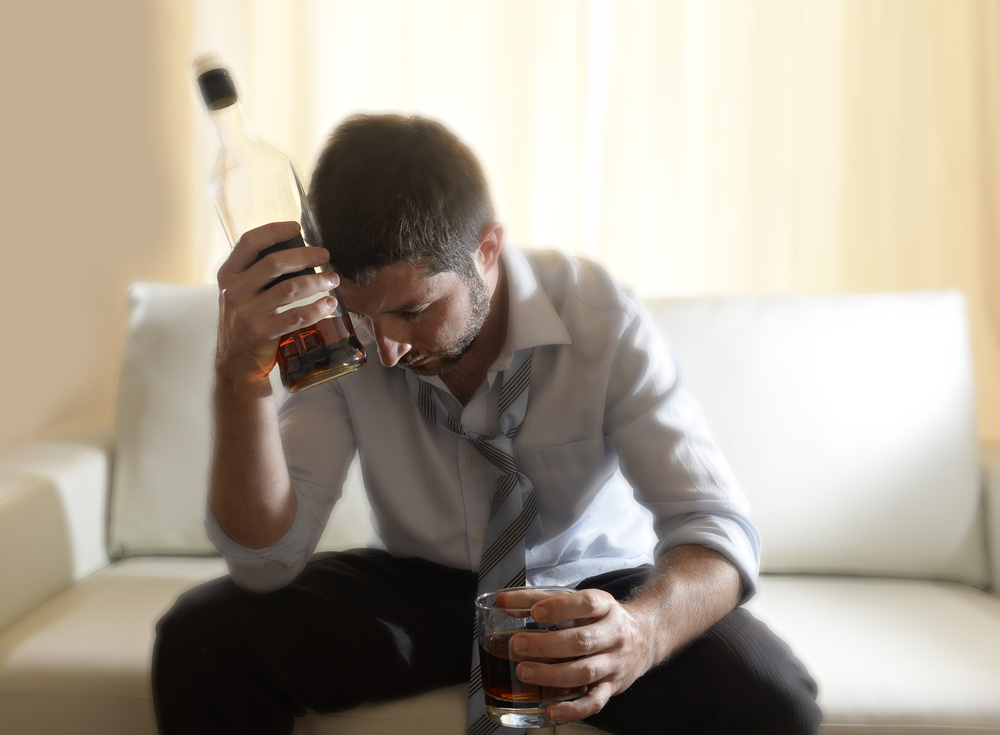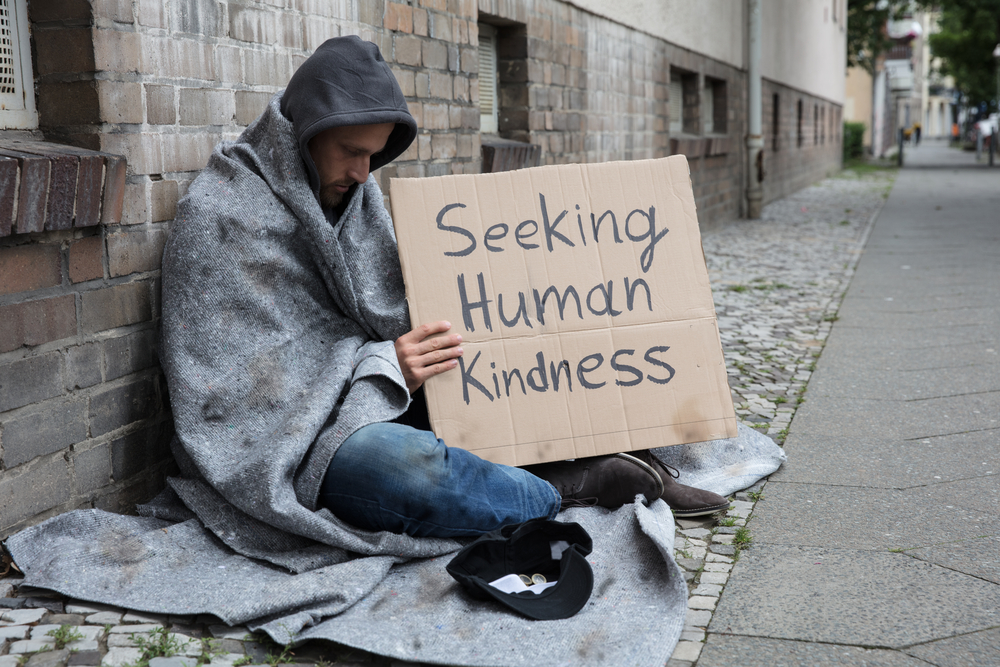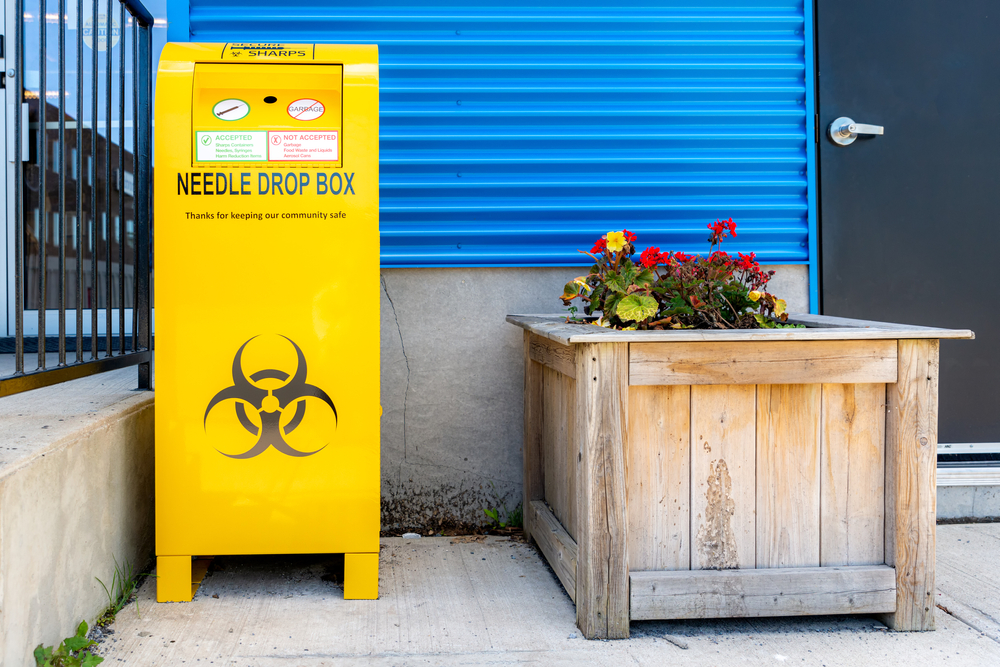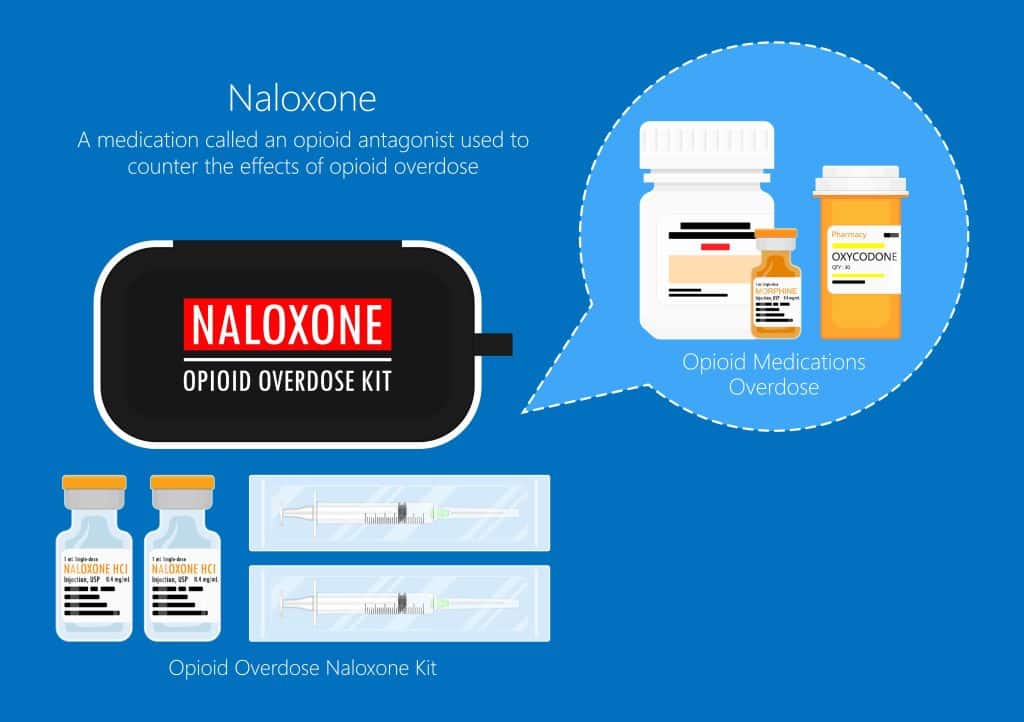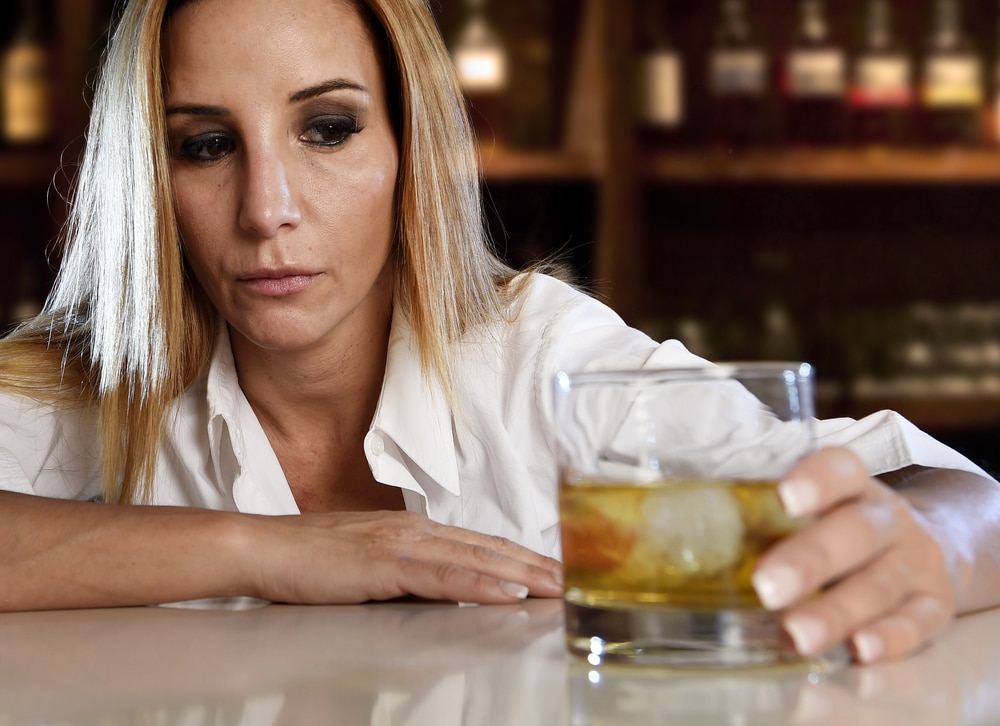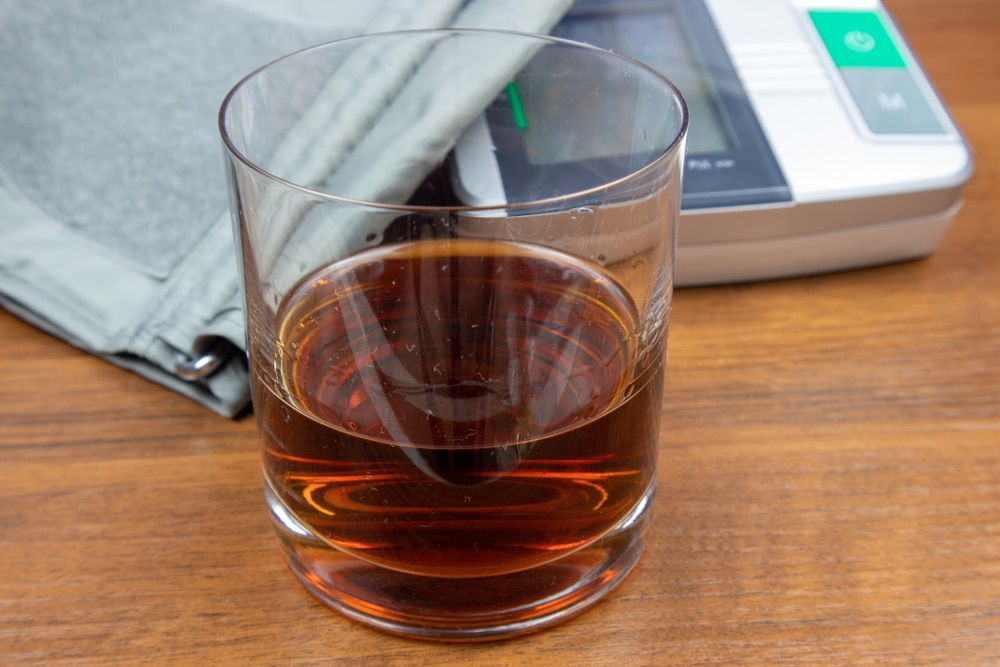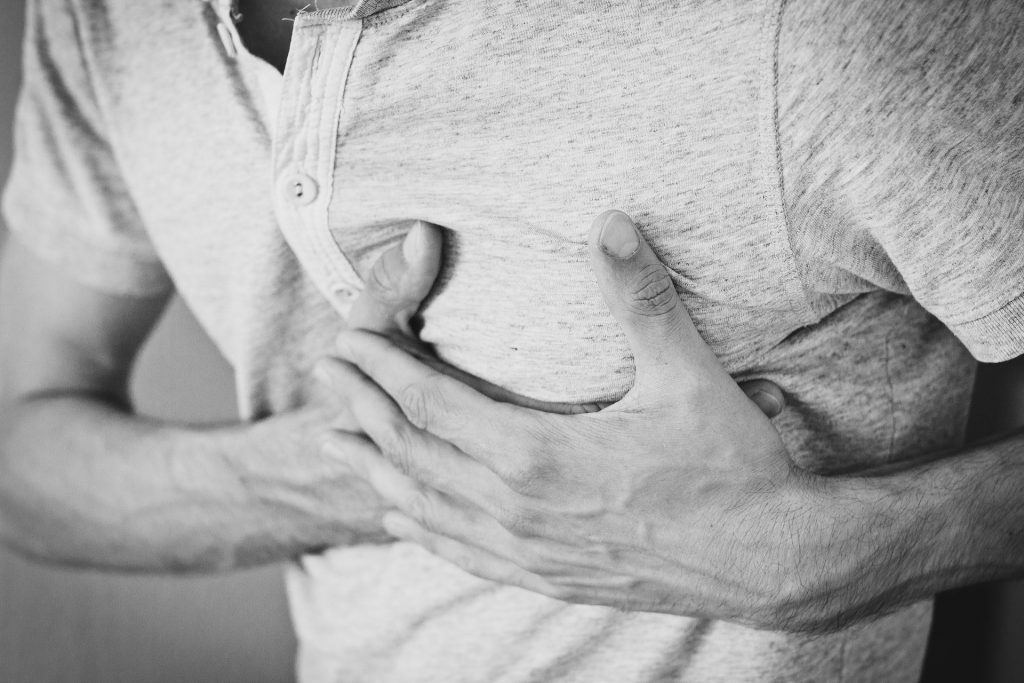Buprenorphine: A Lifeline for Opioid Addiction Recovery
Buprenorphine is the first line of treatment for opioid use disorder (OUD). It helps people with opioid addiction to safely withdraw from the drugs without the euphoria and dangerous side effects. Buprenorphine serves as a substitute for the opioid being abused, so the patient has minimal discomfort and is able to focus on their recovery. It’s prescribed as part of an evidence-based comprehensive treatment plan that includes therapy and services to heal the whole person.
Buprenorphine is also used as a pain reliever for people with acute or chronic pain. But doctors only prescribe it if they think other treatment options won’t effectively manage the pain or if other medicines aren’t suitable for your situation.
Opioid Addiction Overview
Opioid addiction is a serious public health issue. It affects more than 16 million people globally and over 2.1 million people in the US. According to the CDC, about 81,083 people in the US lost their lives due to opioid overdose deaths in 2023 alone. Substance Abuse and Mental Health Services Administration notes that most of the deaths involving opioids are driven by illicitly manufactured fentanyl.
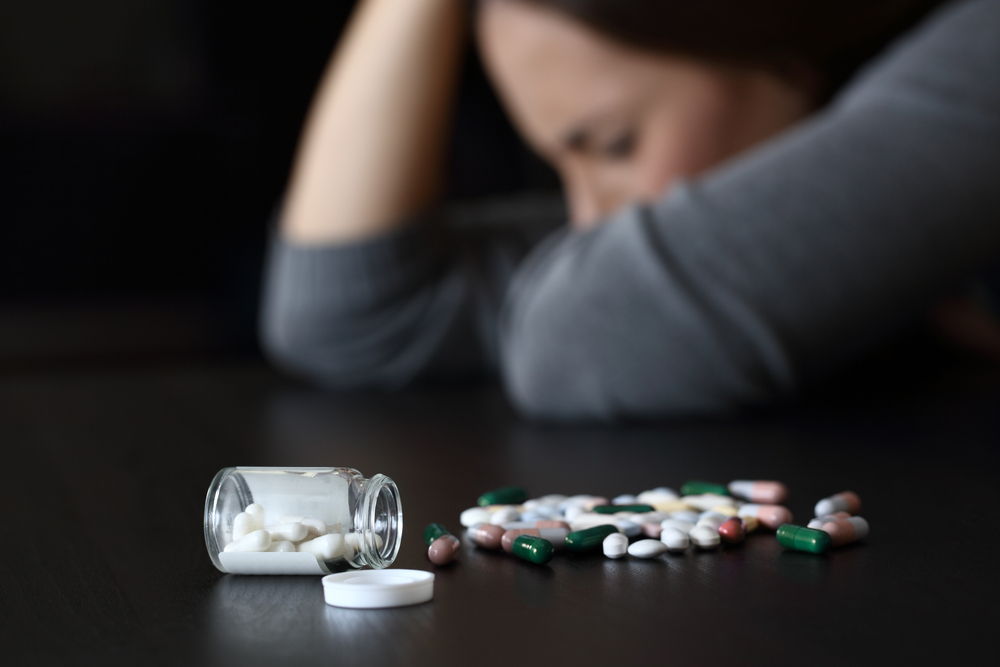
Opioids, whether prescribed or illicit drugs like heroin or fentanyl, can create physical dependence, making it difficult to quit. This is where buprenorphine comes in — it’s a key player in addiction treatment, helping people manage withdrawal symptoms and reduce the risk of relapse.
What Does Buprenorphine Look Like?
Buprenorphine comes in different forms, including tablets, film strips, or implants. You might hear about it under brand names like Suboxone, which is a blend of buprenorphine and naloxone. The medication is prescribed by healthcare professionals trained in addiction treatment and taken either sublingually (under the tongue), as a skin patch, or through injection.
How Does Buprenorphine Work?
Buprenorphine is a partial opioid agonist, which means it binds to the same receptors in the brain as opioids but doesn’t produce the same intense euphoria or dangerous side effects. Instead, it inhibits cravings and helps manage withdrawal symptoms. Buprenorphine has a ceiling effect. So, after a certain dose, taking more won’t increase its effects. This:
- Increases safety in cases of overdose
- Lowers the risk of misuse
Buprenorphine for Opioid Use Disorders
Buprenorphine helps people recover from OUD. But in order for it to work, you must stop using opioids for at least 12-24 hours and be in the early stages of withdrawal. This timing is important because starting buprenorphine while opioids are still in your system can trigger acute withdrawal, which is something you want to avoid.
Once you begin the therapy and your cravings are under control, your doctor will closely monitor how your body responds. As you progress in treatment, they may adjust your dose to make sure you’re getting the right amount to manage symptoms without unnecessary side effects. One of the benefits of buprenorphine is its long-acting nature. Once you’re stabilized, you may be able to switch from daily dosing to taking it every other day, which can be more convenient.
The length of time you’ll stay on the medication depends on your individual needs. Some people require long-term or even indefinite treatment to maintain their recovery, and that’s perfectly okay. Buprenorphine helps prevent relapse, but ongoing support, whether through counseling or other forms of therapy, can further strengthen your recovery journey.

Buprenorphine As Part of Medication-Assisted Therapy (MAT)
Buprenorphine is most effective when it’s part of a medication-assisted treatment (MAT) program. MAT blends medication with counseling and behavioral therapies to provide a whole-person approach to recovery. The Food and Drug Administration has approved buprenorphine for this purpose, and it has proven to be a highly effective, evidence-based treatment for opioid use disorder. Managing the physical aspects of addiction allows MAT to reduce relapse rates and improve long-term success.
What Are the Possible Side Effects of Buprenorphine?
Like all medications, Suboxone buprenorphine can have side effects. Common side effects are constipation, headache and nausea. Some people may experience dizziness or drowsiness, especially when starting treatment. It’s important to talk to your doctor if you notice more severe side effects like trouble breathing or allergic reactions. However, when used as prescribed, the drug is generally safe and well-tolerated.
Risks Associated with Buprenorphine
Buprenorphine also carries some risks. Misuse can still happen, especially if it’s combined with other substances like alcohol or sedatives. That’s why a doctor should closely monitor your progress through medication assisted therapy. Also, patients need to follow their doctor’s instructions carefully, as taking too much or stopping suddenly can lead to withdrawal symptoms. Despite these risks, buprenorphine remains a safe and effective treatment option when used correctly.
What Are Buprenorphine Alternatives?
While buprenorphine is an effective treatment for opioid use disorder, it’s not the only option. Methadone is another commonly used medication. It’s similar in that it helps manage withdrawal symptoms and cravings, but it’s typically provided in specialized clinics. Methadone can be a better option for people with higher levels of physical dependence, as it may be more effective in those cases.
If you’re currently on methadone and considering switching to buprenorphine, it’s important to talk to your doctor first. Switching from methadone to buprenorphine is possible, but because the two medications work differently, some patients find the transition challenging. A dose of buprenorphine works well for moderate levels of opioid dependence, but if you’ve been on a high dose of methadone, you might not experience the same level of relief. It’s important to have this conversation with your doctor to understand how switching could affect your treatment.
On the other hand, if you’re currently using buprenorphine and feel it’s not working as well as you’d like, switching to methadone may be an option. Your healthcare provider can help guide you through these decisions to find the best treatment for your needs.
MAT Treatment at More Than Rehab
At More Than Rehab, we understand that recovery is unique for everyone. Our comprehensive MAT programs, including buprenorphine treatment, are tailored to meet your needs, offering you the support and guidance necessary for lasting recovery. If you or a loved one are ready to start your journey to a healthier, opioid-free life, reach out to us today. We’re here to help every step of the way.


